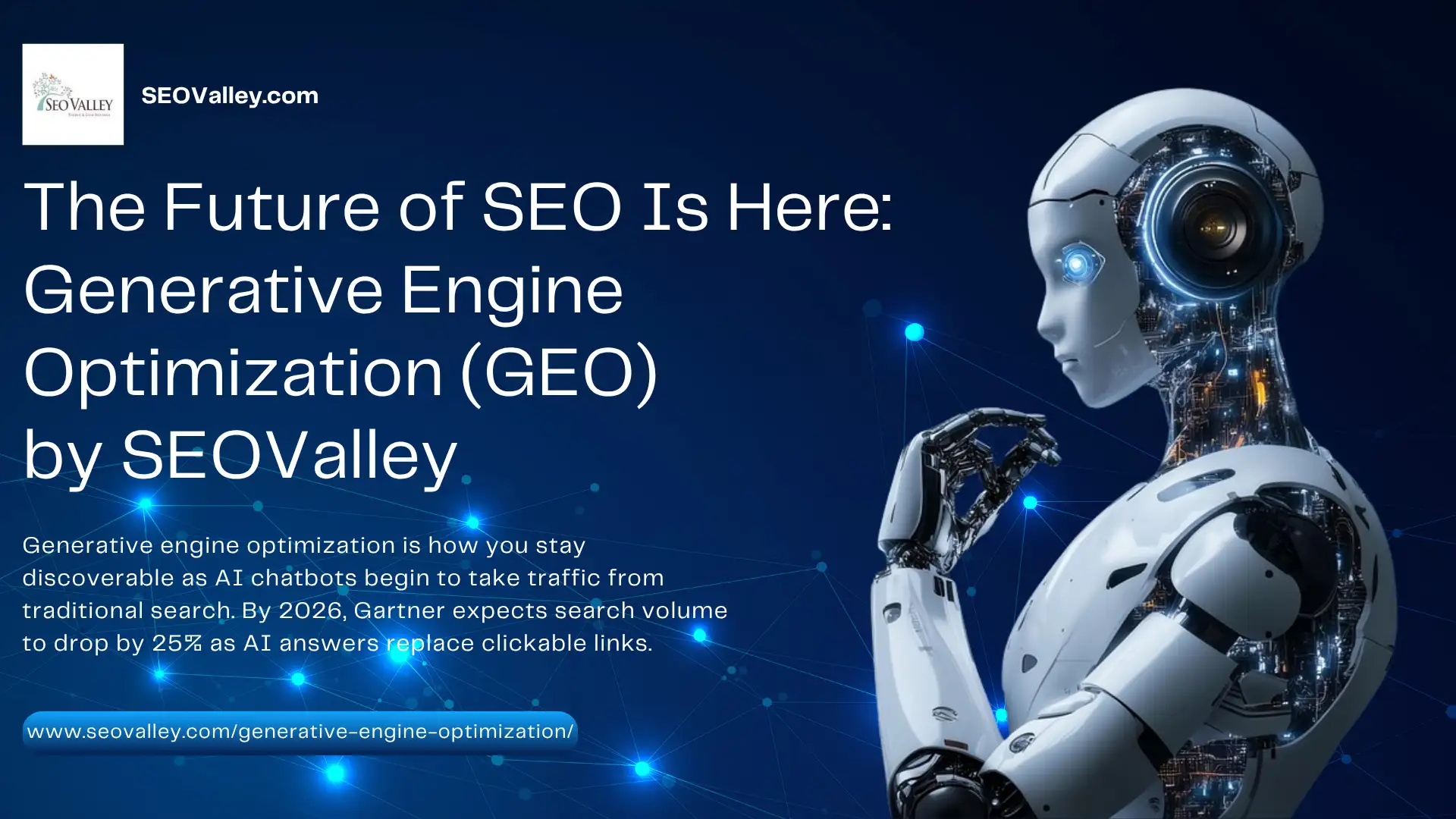When search engines are not entirely sure what users mean by their search query, they tend to generate SERPs that cater to the
best possible meanings of the said query. When examined carefully, these search results can give you a deeper insight into how Google and other search engines interpret ‘intent’—and this insight can be extremely useful when evaluating keywords you should be targeting.
 Understanding searcher intent is also key to determining your chances of ranking for particular queries.
Understanding searcher intent is also key to determining your chances of ranking for particular queries.
Google’s search results pages are chockful of insights about user intent. Through their search results, suggested searches, and related searches, you will see what type of information the majority of searchers are actually looking for when performing specific queries. Looking closely enough and studying these search pages will open up a whole new world of SEO opportunities for your own keywords research campaign, especially when it comes to deciding which queries will bring you the right audience.
For instance, typing in a query for “damaged furniture”—a slightly ambiguous term—will bring you quite a variety of search results serving a couple different user intentions. Scrolling through the organic results, you might see pages that sell cheap, damaged furniture, offer to repair your damaged furniture, or show you how to do the repair yourself—all of which satisfy varying possibilities of intent behind the search query.
Scrolling further down to Google’s related searches, you can draw more conclusions about what people are actually searching for when making these types of queries. These insights will let you examine the ‘intent to position’ ratio of search results, which can help you optimize your content more effectively. By closely looking into which search intent (e.g., I want to purchase damaged furniture / I need a service to repair my damaged furniture/ I want to learn how to repair my damaged furniture) and which at positions they rank in SERPs, you can rethink your keyword targeting strategy to rank for searches on the basis of user intent.
Sometimes, Google returns results that are heavy on one particular intent. Searching for “e-commerce site design,” for instance, will show you an ad for an e-commerce site design service (Intent A) right on top of the SERP, and then a bunch of “inspirations” for e-commerce site design, such as content about how e-commerce websites should look and which types of e-commerce site designs are most successful (Intent B). Related searches for this kind of query may also include e-commerce website examples and top e-commerce websites, both of which serve the latter intent, which is ‘inspiration’ rather than ‘purchase.’
What does this tell you? It indicates that if you want to rank for the same query to sell your web design services, you will probably need to pay for ads that are designed for people whose intent is to ‘purchase.’ A well-written and optimized ad can put you on top of the search results, before the rest of the ‘inspiration’ content.
Specific dates and years in search results also bring a great deal of insight about the search popularity of certain queries. For instance, related searches for ‘e-commerce site design’ might return top e-commerce websites in 2016 or best e-commerce sites for a particular year or period. This will tell you a lot about the popularity of the search term at the time of your search.
Seeing results from 2016 this late in the year signifies that the volume of searches for top e-commerce websites in 2017 is significantly less than the volume in 2016. This could indicate that the query starting to lose its relevance and is on a downward trend—something you should take into consideration when deciding to target similar search queries.
If you need help understanding search intent and applying this type of intelligence into your search engine optimization campaign, talk to us at SEOValley. We’re the leader in results-oriented SEO.





